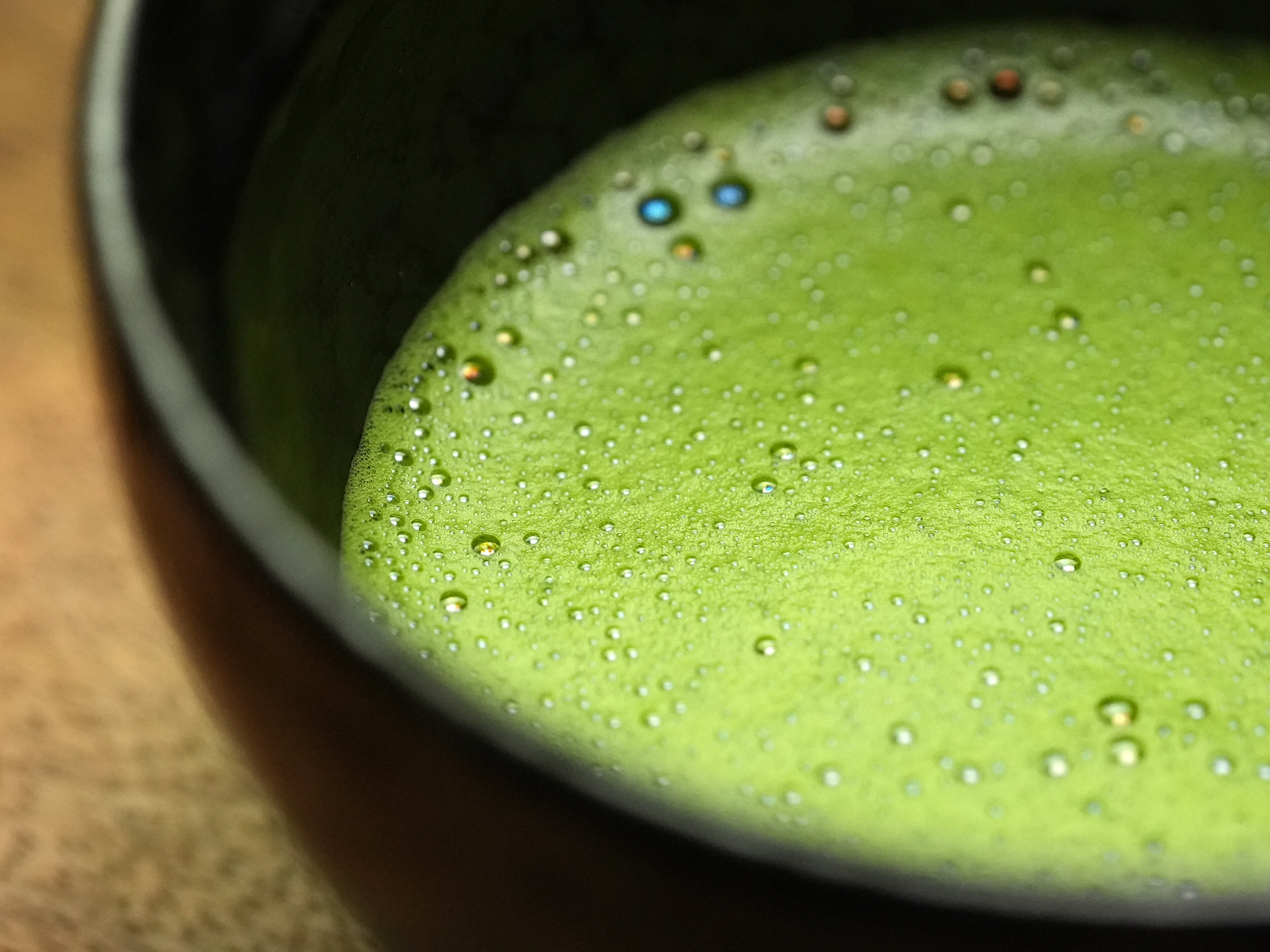
Matcha Green tea is everywhere these days. From coffee chains and bubble tea vendors to high-end Japanese tea boudoirs, Matcha is whipping up a storm.
But not all Matcha is created equal. There are vast differences in quality and taste. So if your first sip of Matcha did not delight you, then read on to find the proper stuff.
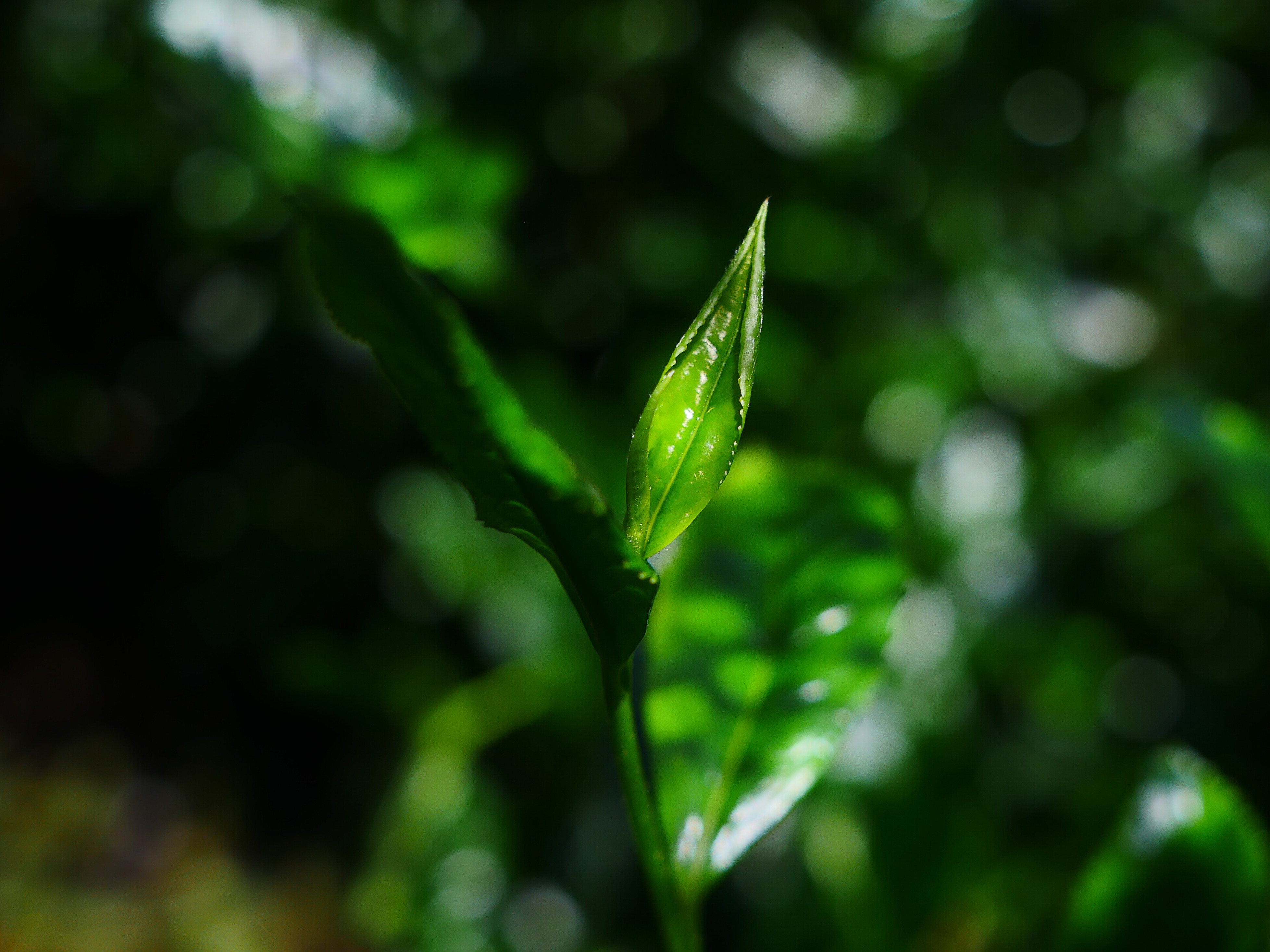
THE BASICS
Matcha is ground Green tea leaves to make a tea powder.
The powder is whisked with water or into other drinks and, because it is so finely ground, it forms a suspension.
So you are consuming the actual tea leaf when drinking Matcha (instead of drinking an infusion with other teas).
FROM GREEN TEA POWDER TO PINNACLE MATCHA
If you take any dried green tea leaves and grind them up, you make Green Tea Powder. This is NOT the same as Matcha (although it is often sold as Matcha).
Matcha should be made from shade-grown Green tea called Tencha. But this is only the beginning.
Here are some of the main factors which affect the quality of Matcha:
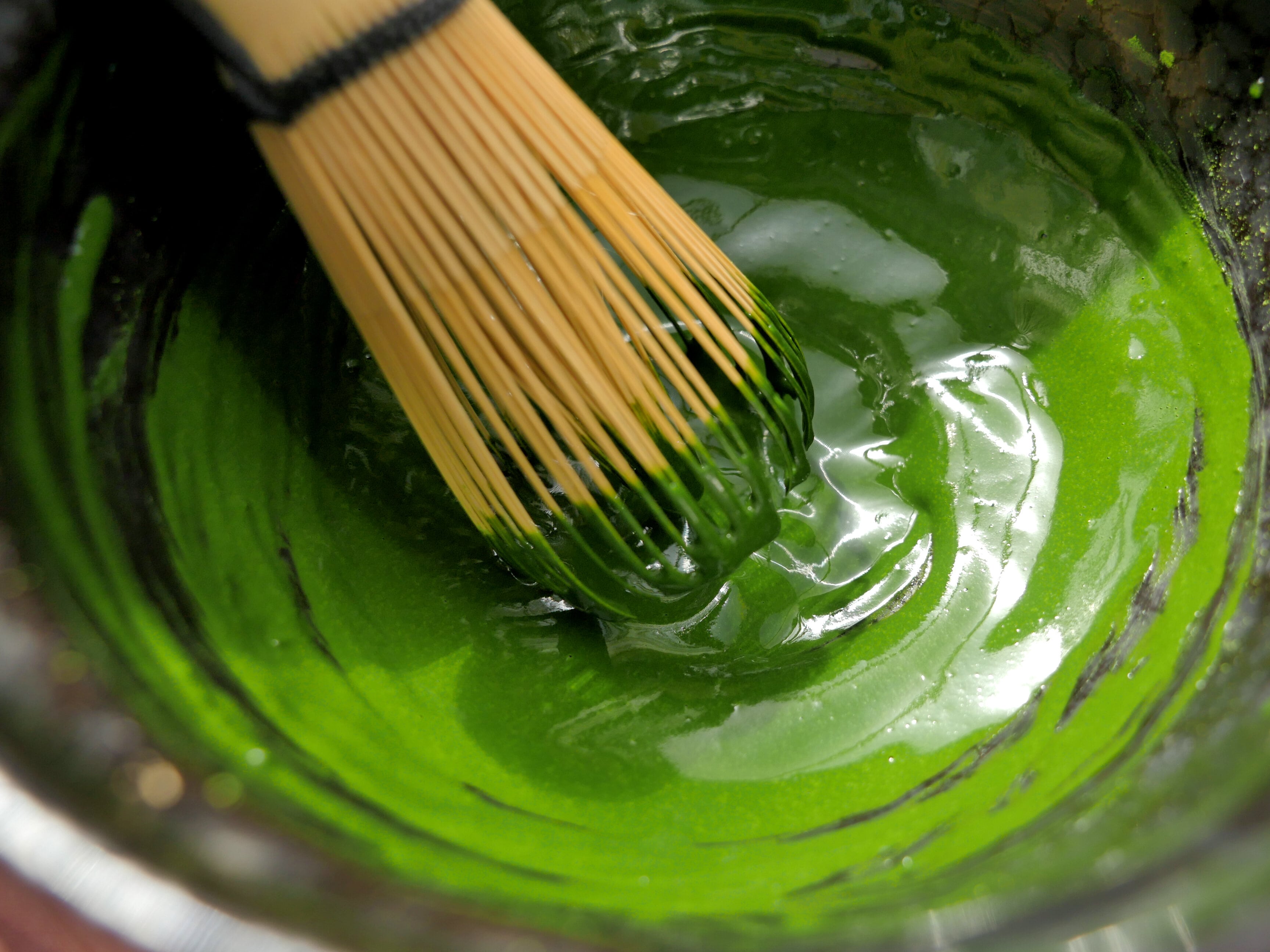
CULTIVAR
The variety of tea plant which is used will radically change the quality and character of Matcha.
The most common variety for low-medium quality Matcha is the Yabukita cultivar. This is a hardy and reliable variety which can make great tea but is usually a bit one-dimensional as a Matcha. If you do not see the mention of a cultivar on your tin of Matcha then chances are that it is made with Yabukita plants.
Other cultivars usually provide more individuality and a richer experience. Some cultivars to look for are Uji Hikari, Okumidori, Samidori and Ten Miyou
SHADE GROWN
If you shade the plant while it is growing, then it freaks out. Where is the sun?!
The plant reacts by maintaining high levels of a growth amino acid called L-Theanine. This has a savoury-sweet taste and a brothy mouthfeel, which is sought after in Matcha. The shade also reduces the production of more bitter notes in the tea.
So, properly shade-grown Tencha produces a richer, creamier, smoother and tastier Matcha. Top quality Matcha will be about 20 days shade-grown. Cheaper Matcha will have less shading or none at all.
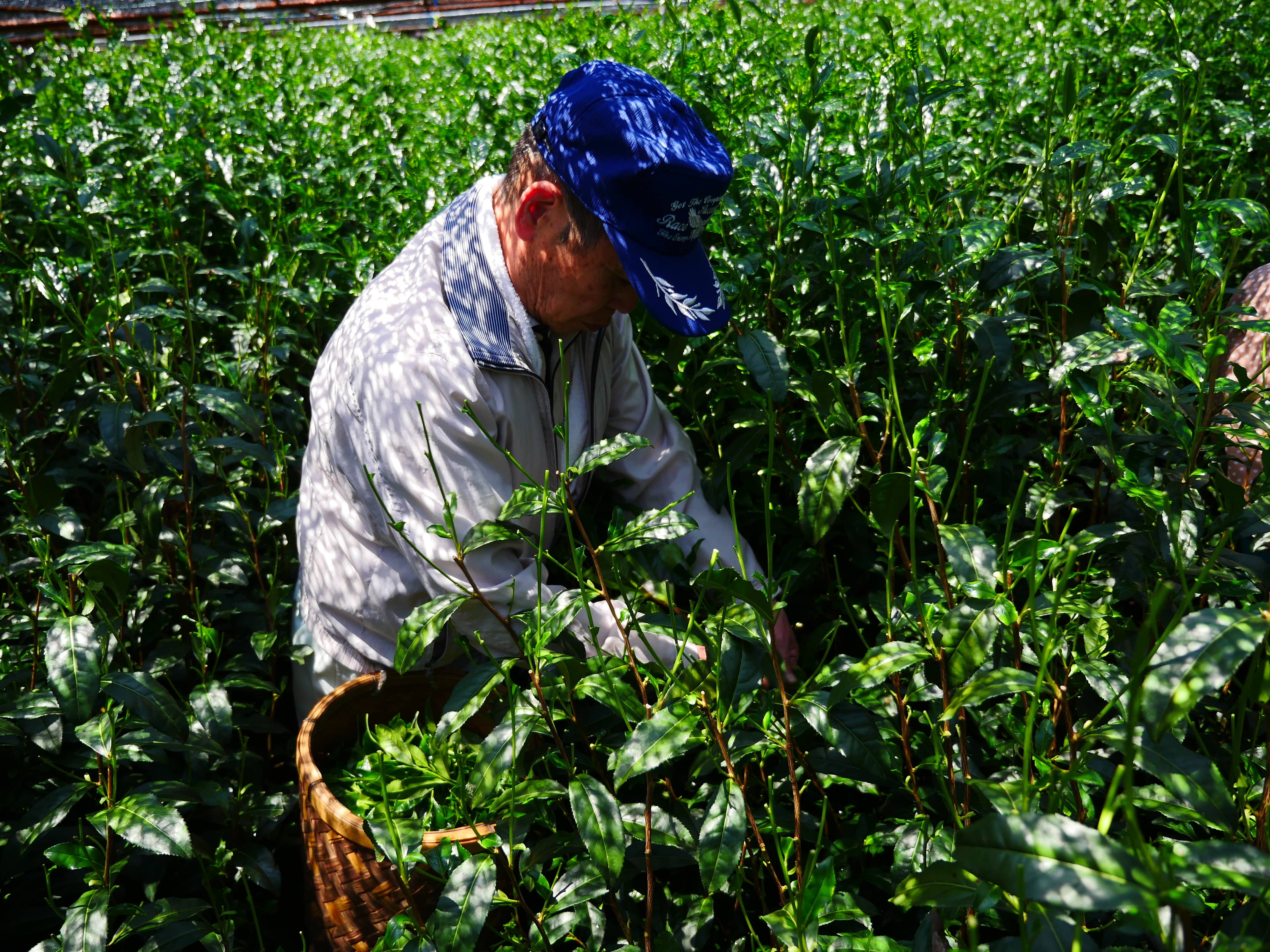
TENCHA PICKING AND PROCESSING
The highest quality Tencha is picked from the first harvest (Ichibancha) Lower-quality Tencha can be made from subsequent pickings.
The producer has to wait for the leaves to grow large enough for flavour complexity but not too large so that they lose their delicacy.
The leaves must be processed carefully to produce top-quality Tencha while removing stems and rougher leaves.
TENCHA CURING
One of the biggest misconceptions about Matcha is that it must be made with freshly produced Tencha leaves.
The finest Matcha will not hit the market until Autumn because the top-grade Tencha is often left to 'cure' for a few months. This process will mellow out the taste and refine the Matcha experience.
Avoid any Matcha which is being sold in late Spring or early summer.
BLENDING MASTERS
Matcha is the art of blending. A Matcha master will taste many batches of Tencha to create their blends. They may even choose to blend with a Tench from the previous year which has had lots of time to 'cure'.
A Matcha is only going to be as good as the quality of the Tencha and the Blender.
SLOW AND FINE
Top-grade Matcha should be ground down to less than 10 microns (100th of a millimeter). Any coarser and the Matcha will not create a long-lasting, frothy suspension; it will feel granular in the mouth.
Grinding Matcha is a process which should be achieved using granite stone mills rotating slowly. If the grinding speed is increased to improve yield then the extra heat will be detrimental to the taste.
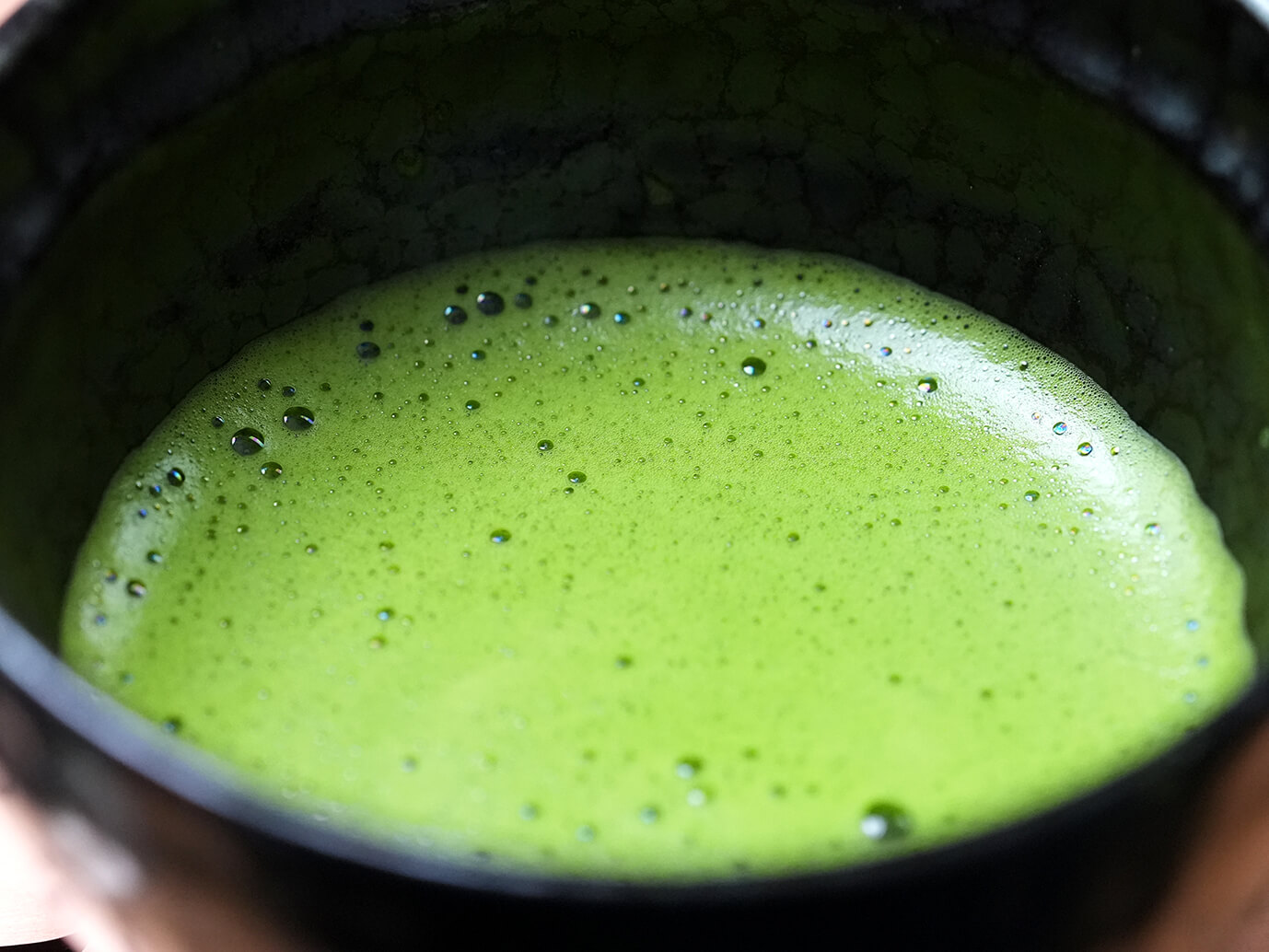
ORIGIN
The best Matcha comes from Japan, with its long tradition and skill in Matcha productions. China is catching up but, in my opinion, it is less likely that you will find great Matcha from China.
Uji is the most well-known prefecture in Japan for producing top-quality Matcha but other prefectures can produce excellent Matcha.
MATCHA GRADES
As you can see, many processes and factors will determine the quality of Matcha. However, the grading system for Matcha is very simple.
- Culinary Grade - the lowest quality Matcha produced for cooking. I would avoid this grade even for your kitchen.
- Ceremonial Grade - this is the name given to pretty much all Matcha and does not really tell you much. Sure, it means that it should be shade-grown and stone-ground to under 10 microns but it says very little about the quality.
- Koicha Grade - this term is sometimes used to denote a Ceremonial Matcha which is so good that it can be used to make Koicha. This is a very concentrated Matcha drink which is only consumed by the Matcha obsessed and would show off all of the flaws of a Matcha.
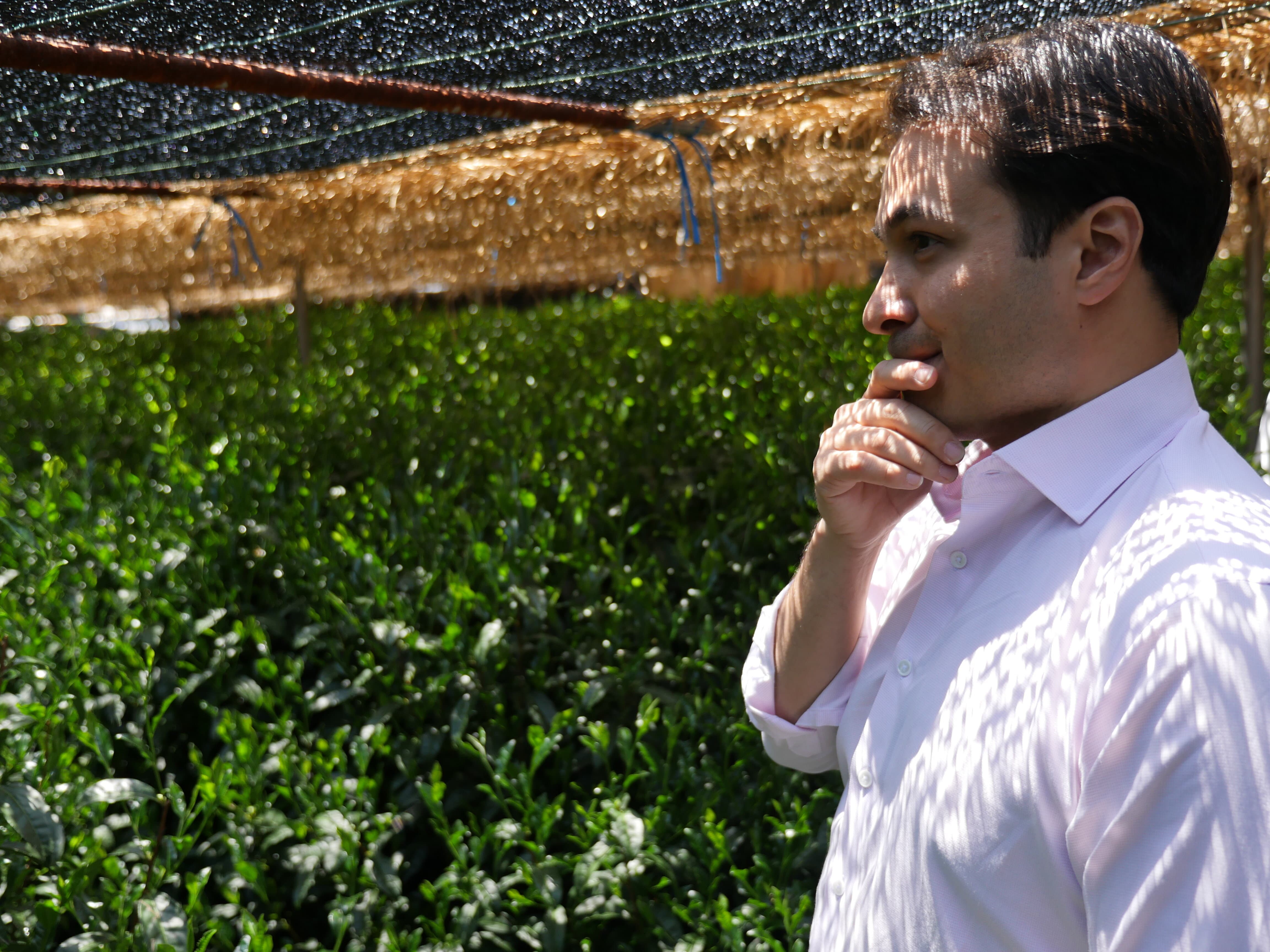
These grades are pretty useless at reliably describing quality. Instead, I would look out for the following clues:
1. Cultivar - I would avoid Matcha which does not provide cultivar information and I would be wary of 100% Yabukita Matcha.
2. Origin - Look for Japanese origin with Uji being the safest bet for quality grades.
3. Timing - I would avoid any Matcha which is being sold before August of the year it has been produced. This means the curing and blending process was probably rushed.
4. Colour - Matcha should be a vibrant green so any matcha which has a grey or yellow appearance is not going to be great. BUT beware, sometimes Matcha producers blend low quality Matcha with chlorophyll powder to boost vibrancy.
5. Price - Any Matcha under $0.70 /g is unlikely to be high quality.
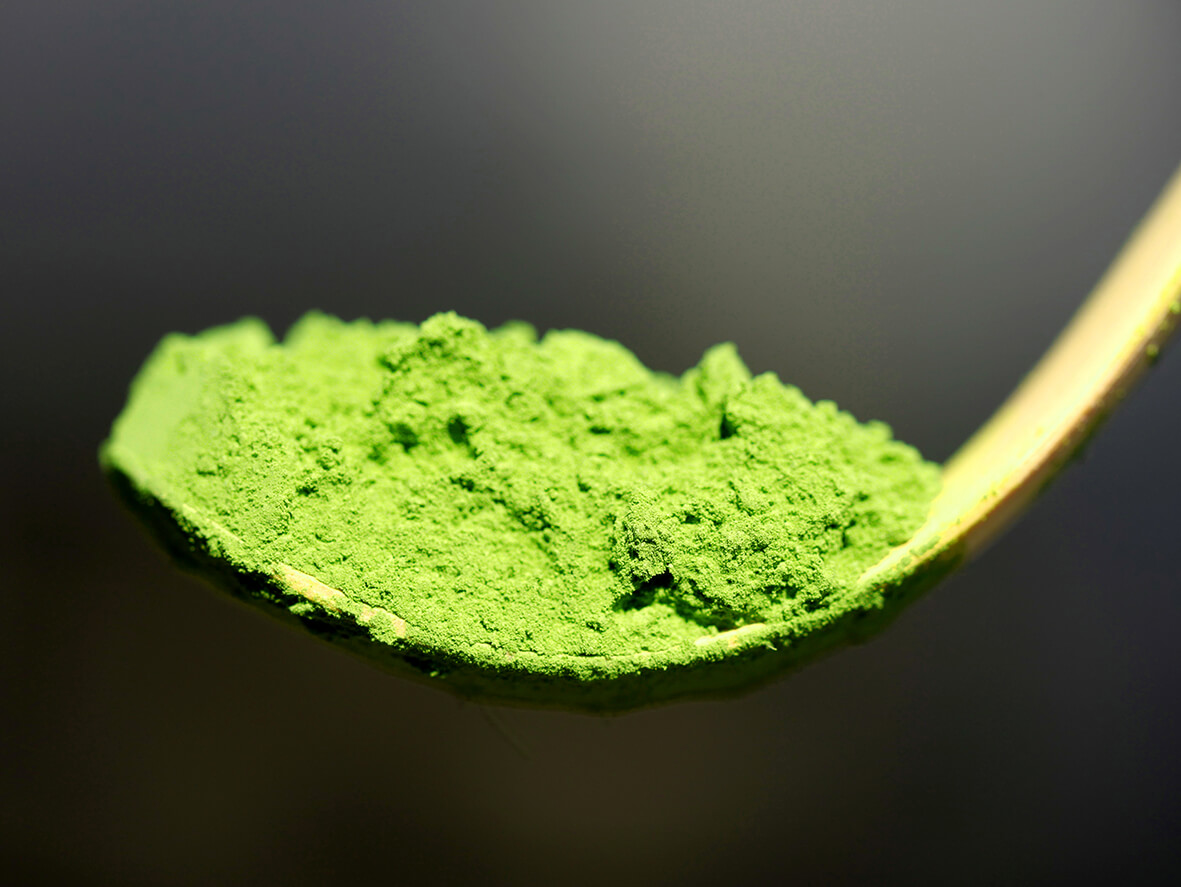
STORING MATCHA
More than any other tea, Matcha must be stored as cool, dry and airtight as possible. You can consider storing it in a fridge, but this is risky unless you are very confident about the air-tightness of the container (you don't want food odours to affect the tea).
Find the coolest and driest place in your home and store Matcha in an airtight tin or pouch.
HOW TO MAKE MATCHA
Pure Matcha generally comes in two forms - Usucha and Koicha.
Usucha is a frothy, short drink made by whisking 1tsp of Matcha with 60ml of warm (not boiling) water. Follow these instructions to make the perfect Usucha.
Koicha is a thick, smooth and intense Matcha experience made by gently combining 2tsp of Matcha with about 40ml of warm water.
To make milky Matcha you can use that Koicha as an espresso shot substitute to blend with plant or dairy milks.



